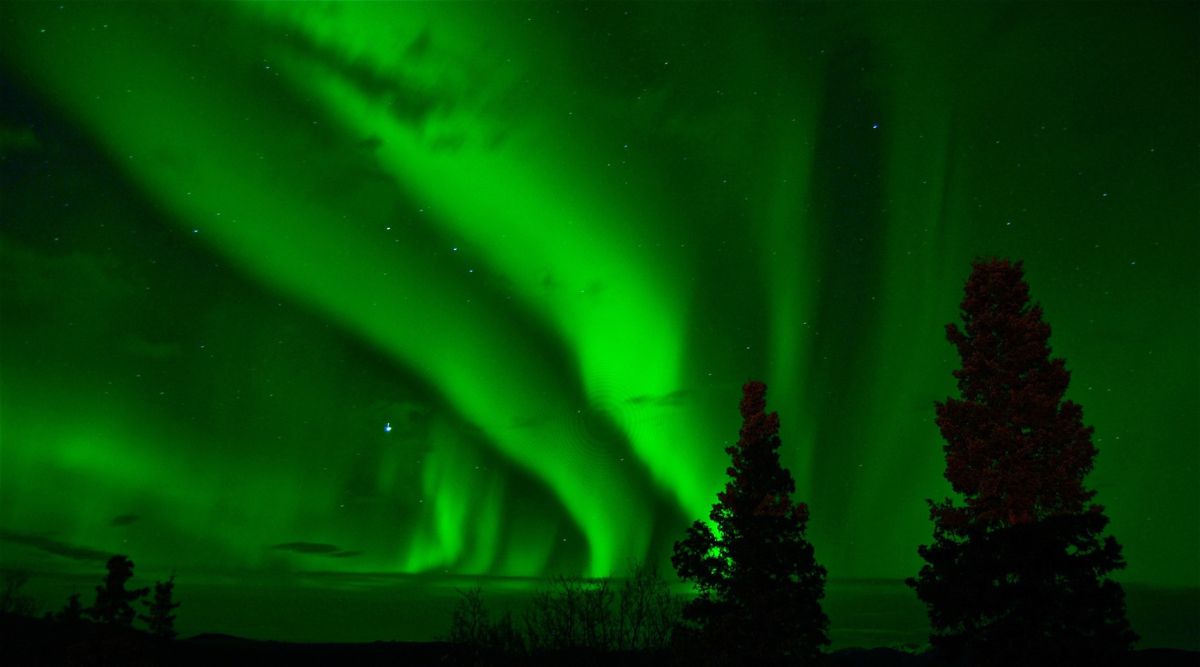Our planet was hit by a really powerful solar storm on Friday, March 24, but according to reports, no one saw it coming.
The US National Ocean and Atmospheric Administration (NOAA) gave the geomagnetic storm a severity grade of G4, which is the second-highest grade possible. A G4 grade solar storm can potentially cause widespread voltage control problems for power grids. It can also cause protection systems to accidentally trip key electric assets of the grid.
Such a geomagnetic storm can also create problems for spacecraft operations, causing surface charging and tracking problems.
Due to the solar storm, spaceflight company Rocket Lab had to delay the launch of its Electron rocket by 90 minutes until the storm subsided. The mission, called “The Beat Goes On” covered two satellites for AI satellite imagery company BlackSky.
And we’re holding the count due to space weather 🌌🪐👾
The team is assessing a new T-0 based on the evolving conditions of a current geomagnetic storm. pic.twitter.com/uv6A623y7Y
— Rocket Lab (@RocketLab) March 24, 2023
Geomagnetic storm
A geomagnetic storm refers to the disruptions to the Earth’s magnetic field caused by solar emissions, according to NASA. When a Coronal Mass Ejection (CME) or a high-speed solar stream reaches our planet, it slams into the magnetosphere. The Earth’s magnetosphere is created by our magnetic fields and it usually protects us from the particles emitted by the Sun.
When a CME or a high-speed stream arrives at Earth, it peels open the planet’s magnetosphere, kind of like an onion. This allows solar wind particles to stream down and hit our energetic atmosphere over the polish. Solar weather events like this can also supercharge auroras, sometimes making them visible in places where they wouldn’t have been otherwise.
Predicting a solar storm
US Space weather forecaster Tamitha Skov told Space.com why forecasters were not able to predict the current event.
“These nearly invisible storms launch much more slowly than eruptive CMEs and are very difficult to observe leaving the sun’s surface without specialized training. This is why they are the cause of ‘problem geomagnetic storms’ like the G4-level storm we are in now,” said Tamitha Skov to Space.com.
The NOAA had already issued an alert for a geomagnetic storm watch on March 22, but that was predicted to only have a G2 severity level.

